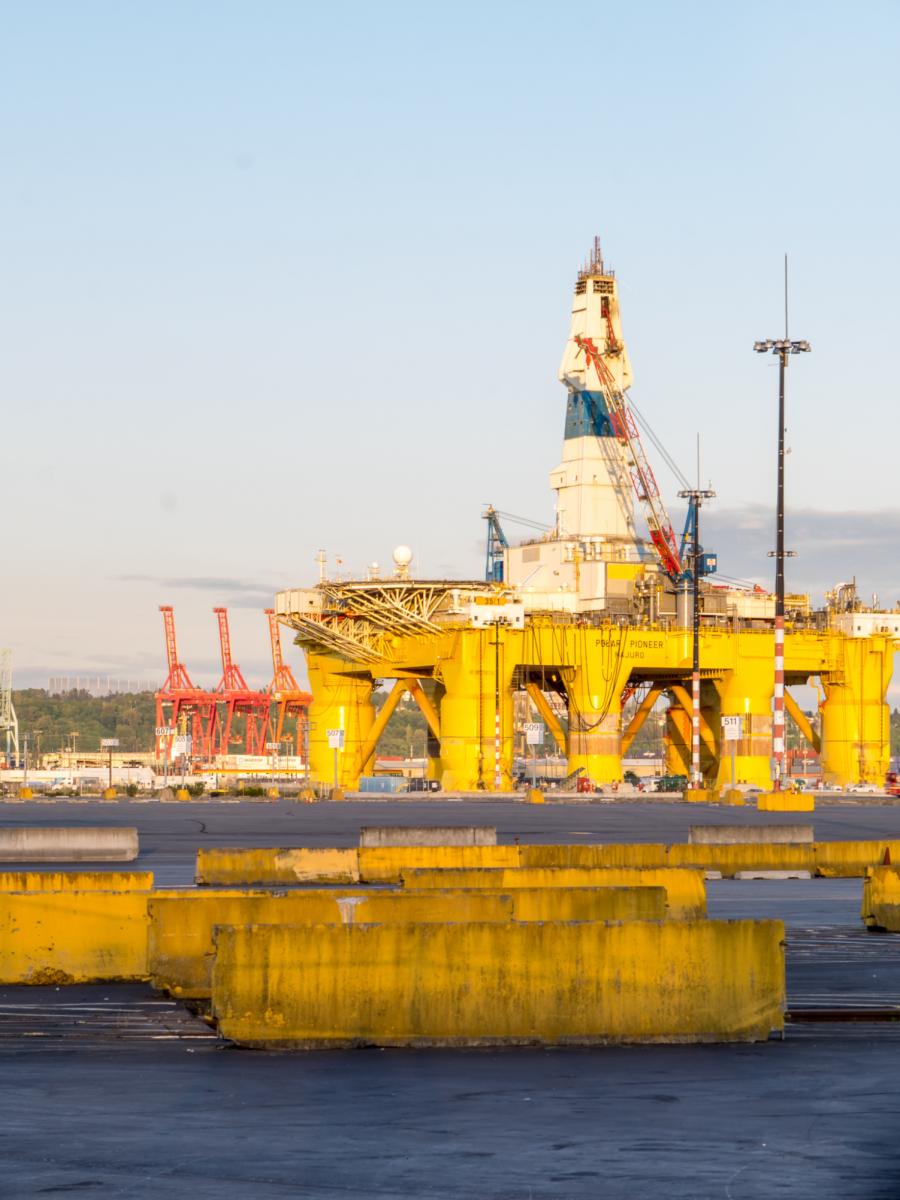Four insightful case studies detailing how some of the largest companies within the extractives industry are approaching and managing environments and communities local to their operations
Conservation in tandem
In 2011 Conservation International (CI) launched a five-year alliance with BHP Billiton, the multinational mining, metals and oil and gas company. The aim is to support the company’s commitment to deliver “enduring benefits to biodiversity, ecosystems and other environmental resources”, CI says.
This has included providing technical expertise so that BHP Billiton can manage land and enhance biodiversity in a responsible and sustainable manner. It has also helped define the company's “area of influence”, which takes into account business activities and their potential direct, indirect and cumulative impacts on the environment.
The alliance's Five Rivers project in Australia, which also involves the Tasmanian Land Conservancy, covers 27,000 acres near Cradle Mountain and Lake St Clair. It contains parts of the Tasmanian World Heritage Area, including old growth forests, wild rivers and alpine wetlands, and is a habitat for endangered species such as the Tasmanian devil, wedge-tailed eagle and grassland paper daisy.
The vast areas of native forests suitable for restoration and carbon sequestration will contribute strongly to economic and community benefit, CI says. As well as achieving formal conservation status, the project has also sold its first carbon credits.
In Chile, BHP Billiton has committed $20m to the Valdivian Coastal Reserve Project, which is managed by The Nature Conservancy with support from CI. The 124,000 acre area will safeguard the reserve’s native forests and provide opportunities for local communities.
The reserve has also generated Chile’s first forest carbon credits. Located within the Los Rios region of Chile, the reserve is an area of rich biodiversity and one of the world’s last temperate rainforests, including a forest of ancient alerce trees. It is a priority site for the Chilean government and one of 35 biodiversity hotspots identified by CI.
Together, these first two projects have conserved more than 148,000 acres of habitat for 16 globally threatened species, supported more than 50 direct jobs, generated nearly 900m cubic metres of high-quality fresh water and avoided the release of 75,000 tonnes of CO2e a year.
(Source: CI)
Social unrest
Newmont, one of the world’s largest gold producers, was forced to halt construction of its $5bn Conga copper and gold mine in Peru in 2011 after violent protests by local people led to a state of emergency in three provinces. It remains stalled.
The scheme, also involving two local companies, had been approved the previous year by former president Alan Garcia but opponents are concerned it would pollute and drain local water supplies in the Cajamarca region.
Now Newmont says it is taking a slower, “water first” approach to developing Conga by focusing on the construction of reservoirs for downstream communities. The site is 3,700 metres above sea level.
If construction of Conga moves forward, Newmont and its partners say they will leverage existing operations at their nearby Yanacocha mine to develop Conga’s potential. It could yield an estimated 350,000 ounces of gold and 120m pounds of copper a year during its 19-year life.
“Construction of Conga will continue, provided it can be done in a safe, socially and environmentally responsible manner with risk-adjusted returns that justify future investment,” Newmont says.
Its main opponent, Cajamarca governor Gregorio Santos, was re-elected for a second four-year term in late 2014 and has pledged to thwart any resumption of the project.
(Sources: Newmont, www.mining.com)

Arctic drilling
In May 2015 the US government gave Shell approval to restart oil and gas drilling in the Arctic, three years after it had to suspend operations in the wake of several potentially disastrous mistakes, including the failure of safety equipment that would be used to tackle oil spills.
Later, a drilling rig that Shell was using ran aground as it was being towed back to port.
“Instead of holding Shell accountable and moving the country towards a sustainable future, our federal regulators are catering to an ill-prepared company in a region that doesn’t tolerate cutting corners,” says Tim Donaghy, a senior research specialist at Greenpeace.
“Shell has a history of dangerous malfunctioning in the Arctic while global scientists agree that Arctic oil must stay in the ground if we’re to avoid catastrophic climate change.”
One of Shell’s Arctic rig contractors has eight felony offences for environmental safety breaches.
The chances of one or more major Arctic oil spills over the next 77 years are as high as 75%, according to analysis by the Bureau of Ocean Energy Management (BOEM), the same US department that authorised Shell’s latest plans.
Exploratory drilling in the dangerous and ecologically sensitive waters of the Chukchi Sea, off Alaska, could start this summer.
(Sources: Greenpeace, BOEM)

Fruit and vegetables
Canadian gold producer Iamgold is helping local suppliers benefit from the presence of its Essakane mine in Burkina Faso with a market gardening project.
It involves supporting more than 400 producers of fruit and vegetables in the region surrounding the mine, with the introduction of solar-powered wells and drip irrigation systems.
Producers have raised production by 30% while reducing water use by 40%. As a result, the mine has been able to buy “a significant portion of food” directly from community markets.
Iamgold says: “This not only increases household income and food security in the region, but also reduces inventory costs and strengthens relationships with host communities.”
The project was recognised with the 2013 Towards Sustainable Mining Community Engagement Award from the Mining Association of Canada.

To read the accompanying analysis, please follow this link.
extractives mining metals minerals social legacy social licenceJune 2015, London
Adapt to low commodity prices • Minimise risk • Increase project value • Access capital & resources - 200+ Top level executives from Mining, Oil and Gas will debate and solve the key issues around sustainability and social performance

